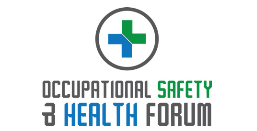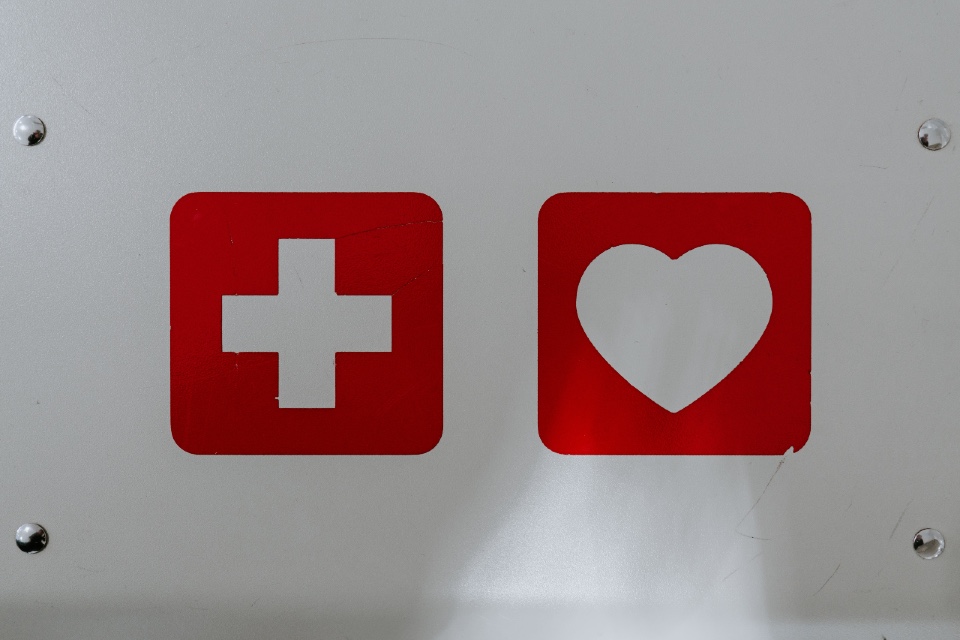On large manufacturing sites, ensuring the safety and well-being of employees is a top priority. However, accidents and medical emergencies can occur, necessitating swift and effective response from trained first aiders. To improve emergency communication and coordination when these incidents occur, effective communication protocols are required.
This is where technology, such as digital mobile radio (DMR) technology, is valuable. Chris Potts, Marketing Director, ANT Telecom explains how DMR technology can enhance emergency response and support first aiders on large manufacturing sites...
Reliable Communication Network
For communication networks to succeed when an emergency occurs organisations and teams need to have confidence that the networks being used are consistently available all of the time and when needed most. This is one of the key advantages of using DMR technology: its ability to provide organisations with a robust and reliable private communication network.
Across large manufacturing sites, where areas can be vast and densely populated, maintaining clear and uninterrupted communication is crucial when an emergency occurs. In these situations, DMR systems offer excellent audio quality, full coverage, and resistance to interference, ensuring that first aiders can communicate effectively and receive essential information in real-time.
Group Communication and Instantaneous Updates
Allowing first aiders to establish and communicate across dedicated channels or talk groups is beneficial. DMR technology forms the backbone here; and is important in an emergency; because the channels and groups enable multiple first aiders to coordinate efforts effectively. For instance, by using designated talk groups, first aiders can communicate simultaneously, share information, and provide updates on the status of incidents. This promotes efficient teamwork, allowing first aiders to respond promptly and effectively.
GPS Tracking and Location Awareness
Some DMR systems offer integrated GPS tracking. This is helpful to first aid teams and co-ordinators because it allows supervisors or control room operators to monitor the location of first aiders in real-time. This capability is invaluable in large manufacturing sites, where emergencies can occur in different areas simultaneously. With GPS tracking, supervisors can quickly identify the nearest first aiders to the incident location, enabling a rapid response and potentially save vital minutes in critical situations.
Emergency Call Features
DMR technology often includes emergency call features that prioritise urgent communications. In the event of a medical emergency, first aiders can initiate emergency calls, alerting the entire network or specific groups to the situation. This immediate and distinctive alert can mobilise necessary resources and escalate the response, ensuring that help arrives swiftly. Additionally, emergency call features can be configured to override other ongoing communications, guaranteeing that critical messages are heard.
Interoperability with Existing Systems
Interoperability with other systems is important too. DMR technology can be seamlessly integrated with existing communication systems. This includes public address systems, alarms, or building management systems. Interoperability enhances emergency response capabilities by providing a comprehensive and interconnected network. Integration allows first aiders to receive alerts from different sources, ensuring that they are aware of critical incidents or evacuations. Simultaneously, first aiders can provide real-time updates to the central control room, enabling effective coordination of emergency response efforts.
Conclusion
Digital mobile radio (DMR) technology has become a key operational asset for emergency communication and response teams across large manufacturing sites. By providing organisations reliable communication, group coordination, GPS tracking, emergency call features and interoperability with existing systems, DMR technology enables first aiders to respond swiftly and effectively during medical emergencies.
With the ability to communicate clearly, coordinate efforts, and receive critical updates in real-time, first aiders can provide timely assistance, potentially saving lives and reducing the impact of incidents. Adopting DMR technology not only enhances the safety and well-being of employees but also improves the overall emergency response capabilities of manufacturing sites. As the importance of rapid and efficient emergency response continues to grow, leveraging DMR technology becomes a vital investment for large manufacturing sites to consider, ensuring the highest level of protection for their workforce.





